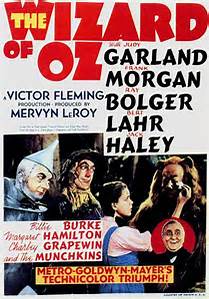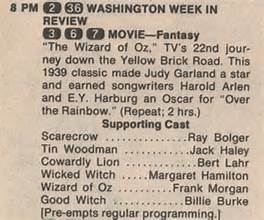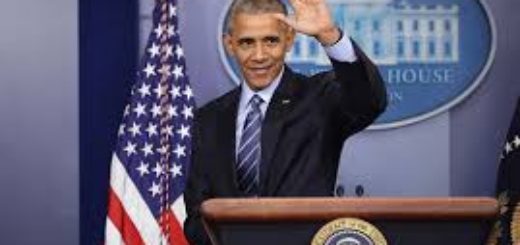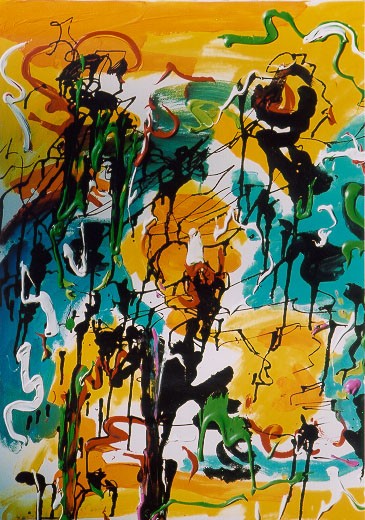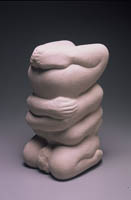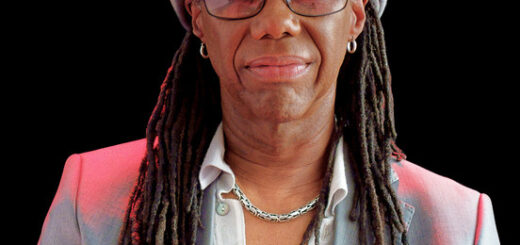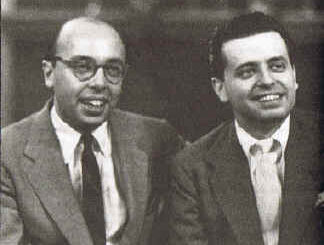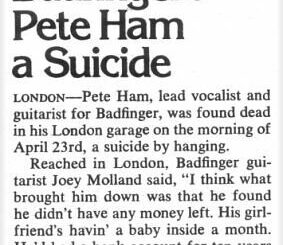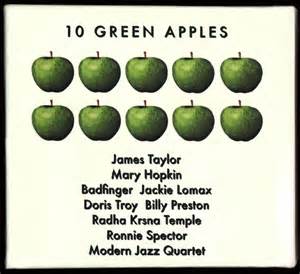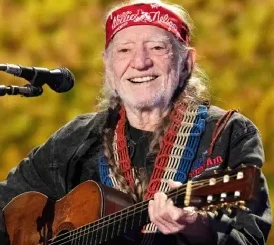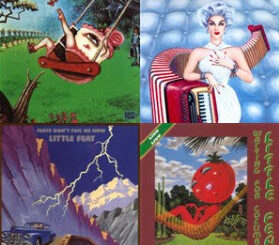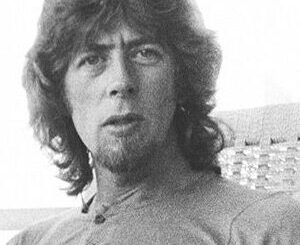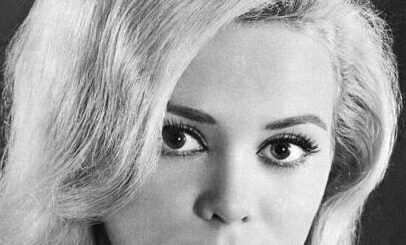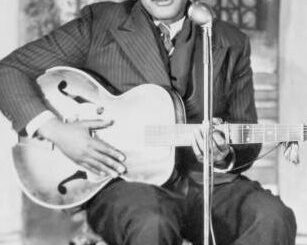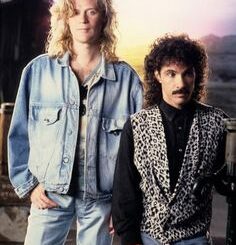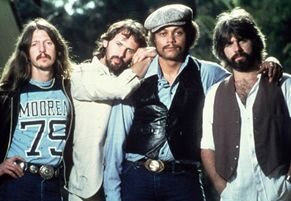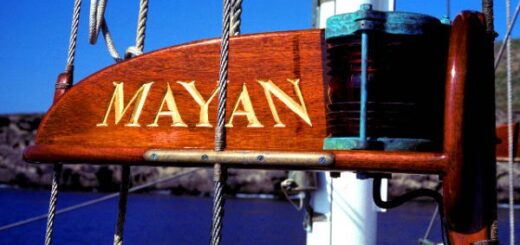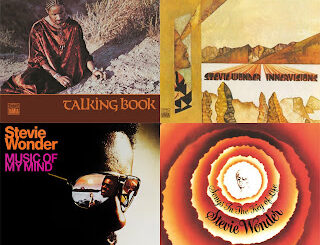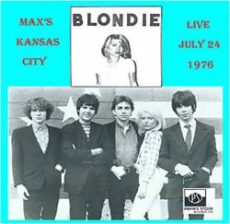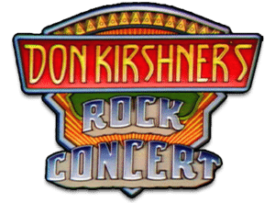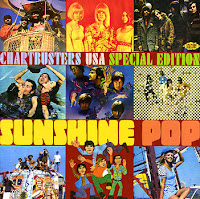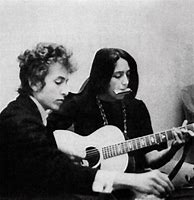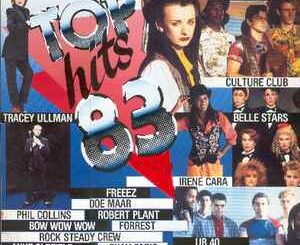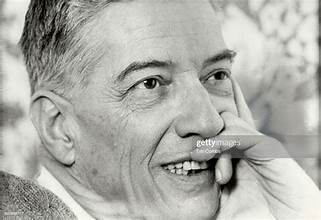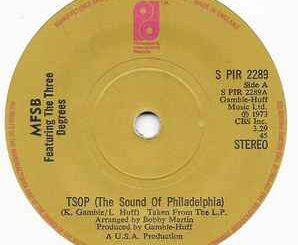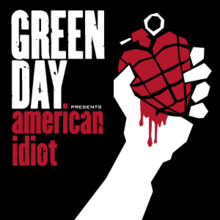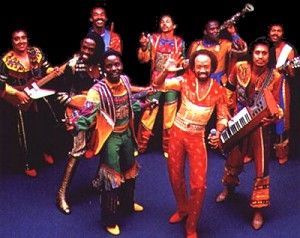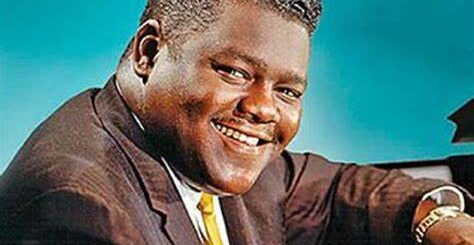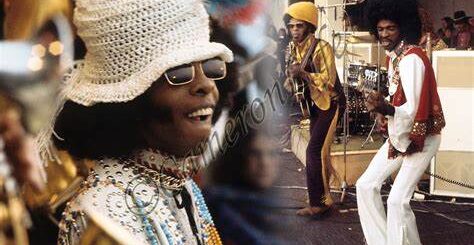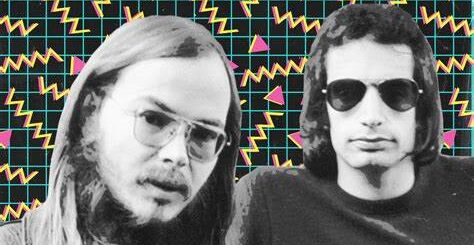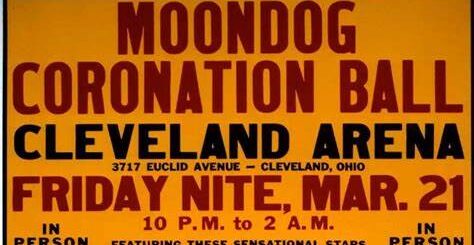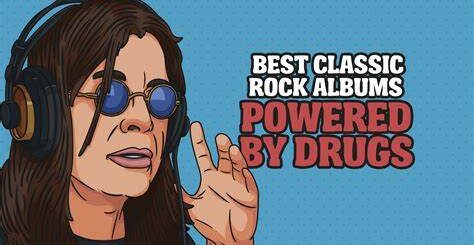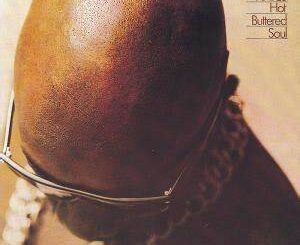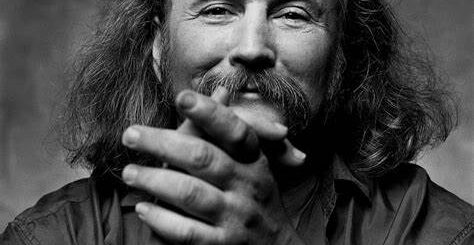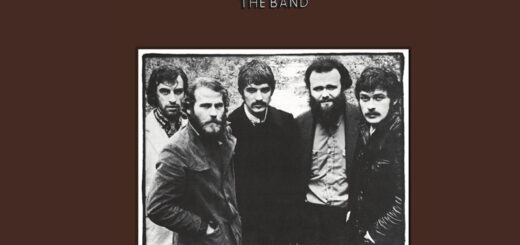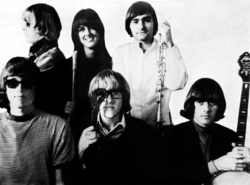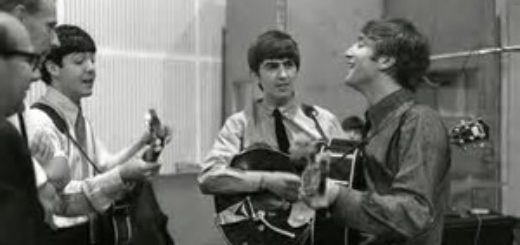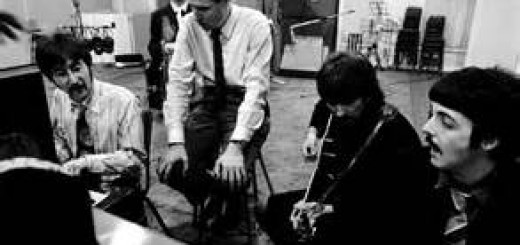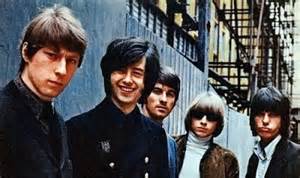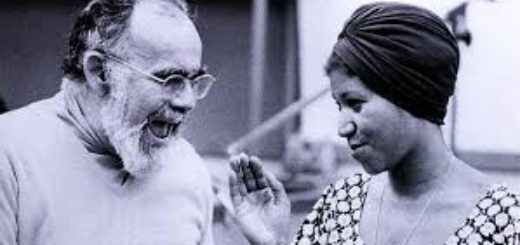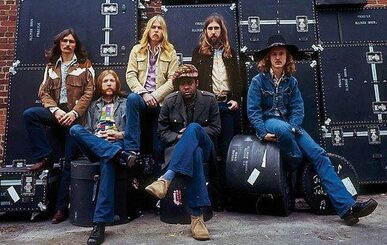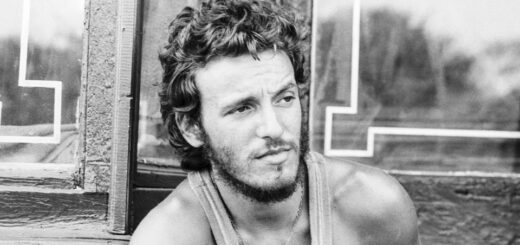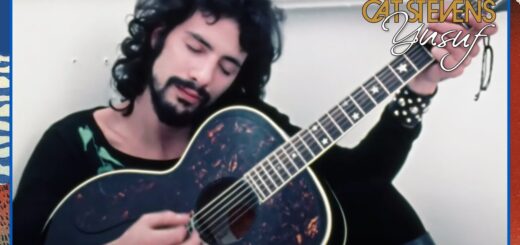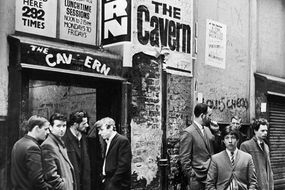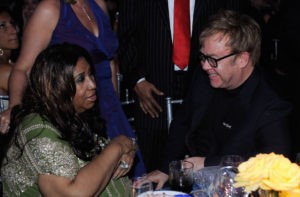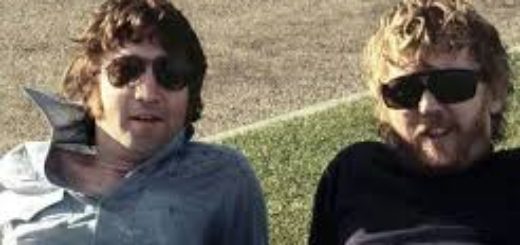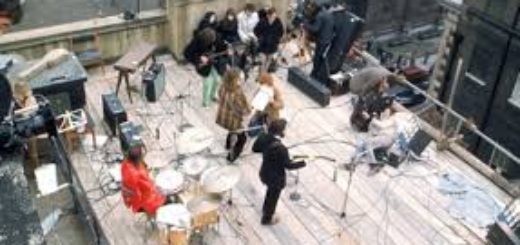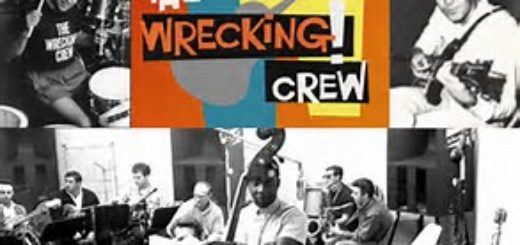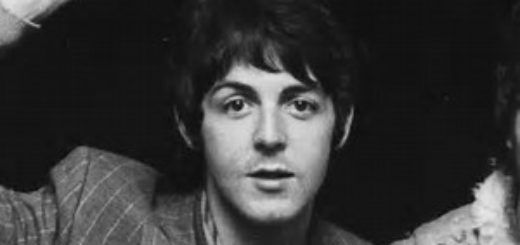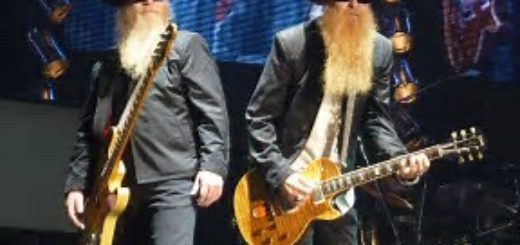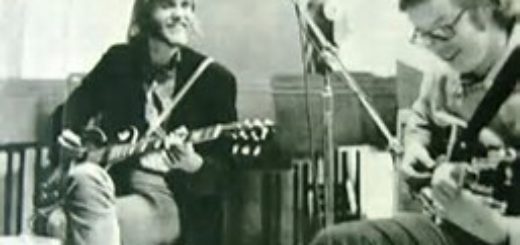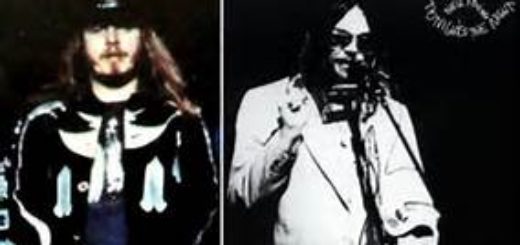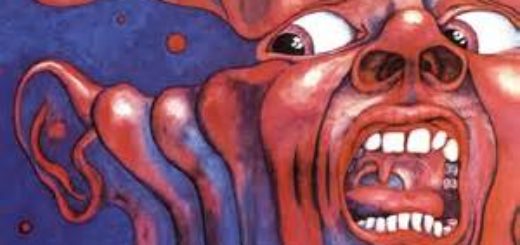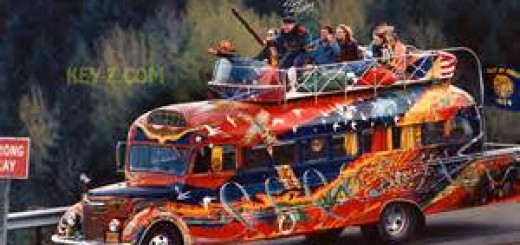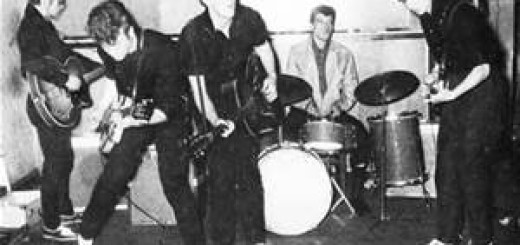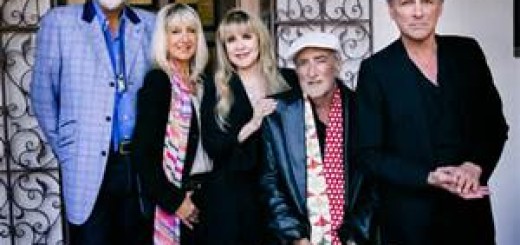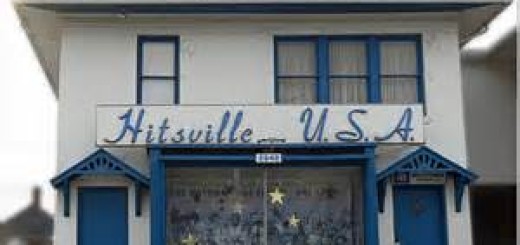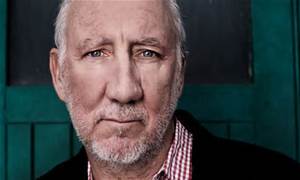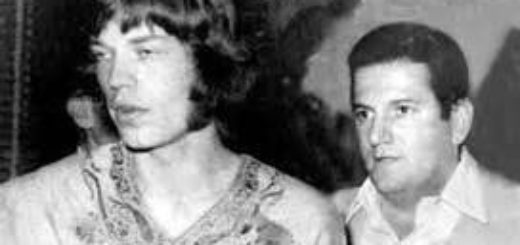Television Endeared Us to The Wizard of Oz
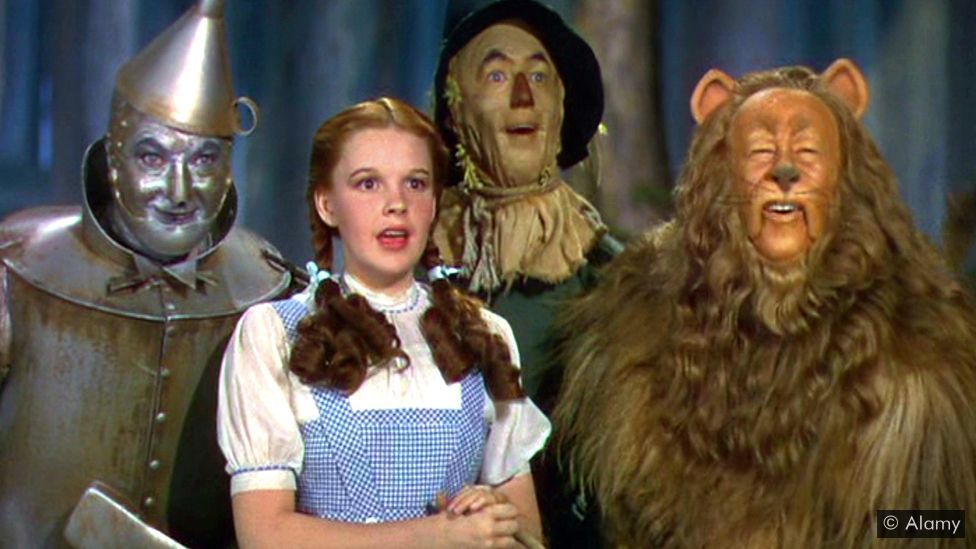
The movie premiered before our time, but TV created new generations of fans. The Wizard of Oz was the Super Bowl of its time.
Here is a memorable scene in the movie, when the “wizard” barked, “Pay no attention to that man behind the curtain.” The one-minute video was published in 2007 by Grant Lewis via YouTube:
What started out as a routine business deal between two entertainment companies turned into a much-anticipated family event that was cherished by millions.
Memories of my annual viewing of The Wizard of Oz still give me a warm feeling. It never got old for me. I still love the songs, the characters, and the audacity of the fantasy.
The event often occurred between Thanksgiving and Christmas, adding to the magic of the holidays.
People don’t realize that it took The Wizard of Oz creator MGM over 20 years to earn its money back. In the year of its theatrical release in August 1939, the movie lost about $1 million. In the book, The Making of the Wizard of Oz, author Aljean Harmetz parsed the deal:
This was the result of more of a series of accidents than any grand design. In 1956, CBS tried to lease Gone With the Wind from MGM for $1 million. MGM refused. As an afterthought, CBS made a $225,000 offer for The Wizard of Oz [per year, as it turned out]. MGM agreed and gave CBS an option to broadcast the film annually. Without the once-a-year repetition on television as a special, the film would not have been seen enough times for a new generation to become aware of it. Nor would it have become an event [other] than just another movie.
The TV Premiere of ‘Oz
The first telecast of The Wizard of Oz took place on November 3, 1956, as a feature of the Ford Star Jubilee. The usually 90-minute Jubilee was expanded to two hours to accommodate the entire movie; the first Hollywood film to be shown uncut by a television network. But even with commercial breaks, the network came up short on time. And so the 1956 telecast had hosting segments that featured actor Bert Lahr, who played the Cowardly Lion; and 10-year-old Liza Minnelli.
The film skipped two years. But beginning in 1959, The Wizard of Oz became an annual television tradition, with yearly broadcasts until 1991. In recent years, the film has become a mainstay of Turner Network Television (TNT).
Of course you remember that the movie was shot in both black-and-white (the Kansas sequences) and what passed for Technicolor in those days. CBS chose to telecast The Wizard of Oz in color (paid for by its sponsors) even though very few people owned color TV sets in 1956.
Aside from brand enhancement for CBS, The Wizard of Oz was a ratings powerhouse for the Tiffany Network. In its 1956 television premiere, the movie earned a 33.9 rating and a 52.7 audience share. Between 1960 and 1968, The Wizard of Oz beat out various Disney specials that ran opposite it.
In 1966 it ranked number one in the ratings for the week it was shown. In 1983, on the 25th anniversary of its showing on prime-time network television, The Wizard of Oz was still strong enough to gain a 49 percent audience share. Those are Super Bowl numbers.
The Wizard of Oz was the Super Bowl of its time.
